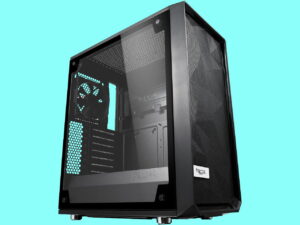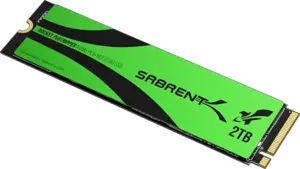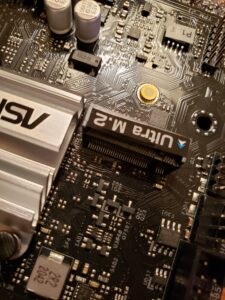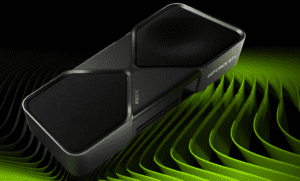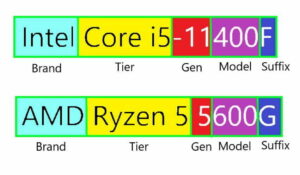Introduction: More Than Just a Paper Spitter
Let’s be real—printers are the unsung heroes of the tech world. They sit quietly in the corner of your office (until they run out of ink at the worst possible moment), yet we rarely stop to appreciate the sheer wizardry that allows them to turn digital files into physical prints. Whether you’re dealing with an inkjet, laser, or thermal printer, these machines are a fascinating blend of engineering, chemistry, and, sometimes, sheer stubbornness.
So, how do these magical machines actually work? Let’s break it down, from ink splatter to laser precision, and of course, why they always choose to jam when you’re on a deadline.
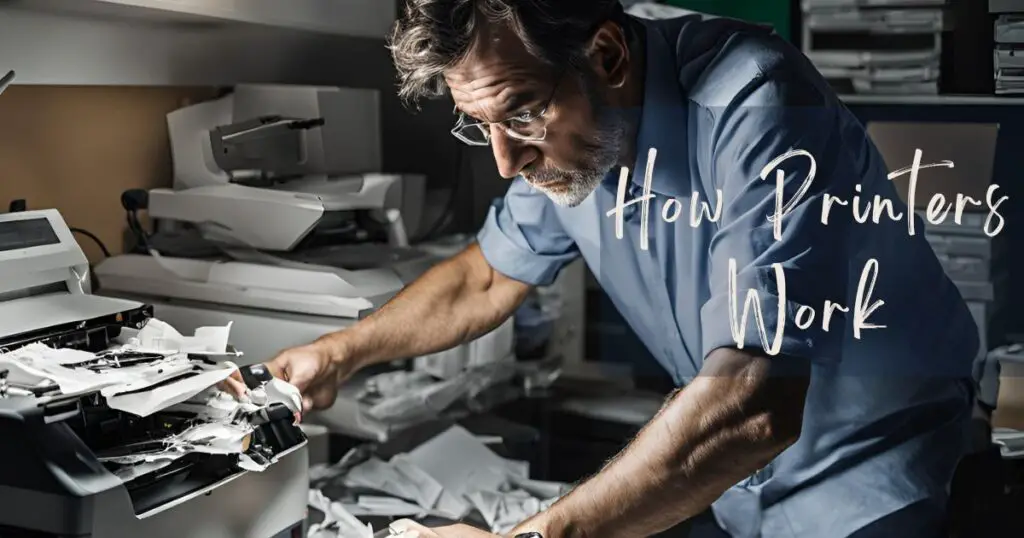
Inkjet Printers: The Art of Controlled Chaos
Inkjet printers are like the graffiti artists of the printing world—except way more precise and (usually) legal. These bad boys recreate your digital files by spraying tiny droplets of liquid ink onto paper. Here’s how the magic happens:
Step 1: Digital to Droplets
Once you hit ‘Print,’ your computer sends the image data to the printer. The printer’s microcontroller (a tiny brain inside) processes this data and tells the printhead where to go.
Step 2: The Printhead in Action
The printhead is the heart of an inkjet printer. It moves back and forth across the paper, firing thousands of microscopic ink droplets per second. But how does it actually spit out ink?
There are two main types of inkjet technology:
- Thermal Bubble (Canon, HP, Lexmark) – Tiny resistors heat the ink until it boils and forms a bubble. When the bubble bursts, it forces ink onto the paper. Think of it like boiling water aggressively splattering all over your stovetop—except controlled and microscopic.
- Piezoelectric (Epson, Brother) – A crystal inside the printhead vibrates when an electric charge is applied, squeezing ink out like a microscopic syringe. No heat required, just sheer brute force at the nano level.
Step 3: Paper Absorption & Drying
Once the ink hits the paper, it needs to dry quickly. High-quality inkjet printers use fast-drying pigment-based inks, while budget models might leave you with smudges if you’re not careful.
Pros of Inkjet Printers:
? Cheap upfront cost
? Great for high-quality color prints
? Works on a variety of paper types
Cons:
? Ink is stupidly expensive
? Prone to clogging if left unused
? Slow compared to laser printers
Laser Printers: Sci-Fi Level Printing
If inkjets are graffiti artists, laser printers are futuristic engineers with pinpoint accuracy. Instead of flinging liquid ink, laser printers use static electricity, toner powder, and heat to bond text and images to paper with shocking precision.
Step 1: Laser & Electrostatic Magic
Your print job starts when a laser beam scans an image onto a rotating metal drum coated with a photosensitive material. The laser selectively “draws” your document using static electricity—much like rubbing a balloon on your hair and making it stick to the wall.
Step 2: Toner Attraction
Now that the drum has its electrostatic blueprint, it passes through a reservoir of toner powder. The negatively charged toner sticks to the positively charged areas of the drum, creating a perfect powdery version of your document.
Step 3: Fusing It to Paper
As the paper moves through the printer, it gets an opposite charge so that the toner jumps onto it (think of it like magnetism but for static electricity). Then, it rolls through the fuser unit, which uses heat and pressure to melt the toner onto the paper permanently.
Step 4: Exit & Cooling
The newly printed page emerges—hot, crisp, and professional. Give it a second to cool unless you enjoy warm toner-smelling fingers.
Pros of Laser Printers:
? Super-fast printing speeds
? Sharp text & smudge-proof prints
? Cheaper per page compared to inkjets
Cons:
? Expensive upfront cost
? Not great for photo printing
? Bulky and heavy
Thermal Printers: The Silent Workhorses
Ever wonder how receipts print out so fast? That’s the work of thermal printers. No ink, no toner—just heat and chemically treated paper.
Direct Thermal vs. Thermal Transfer
- Direct Thermal Printing – Uses heat to darken special heat-sensitive paper. Simple and efficient but fades over time (ever noticed old receipts turning blank?).
- Thermal Transfer Printing – Uses heat to melt wax or resin-based ink from a ribbon onto paper or labels, creating permanent prints.
Pros of Thermal Printers:
? No ink or toner required
? Extremely fast
? Low maintenance
Cons:
? Direct thermal prints fade over time
? Limited color options
Why Do Printers Always Jam at the Worst Possible Time?
We’ve all been there. You’re in a rush, hit ‘Print,’ and—BAM!—paper jam. But why does this happen?
? Cheap paper – Low-quality paper has uneven edges and dust that clogs rollers.
? Overloaded trays – Cramming too much paper into the tray guarantees a jam.
? Roller wear & tear – If the rollers get dusty or worn out, they can’t grip the paper properly.
? Humidity – Paper absorbs moisture, making it more likely to stick together.
Pro tip: Store paper in a dry place, keep your printer clean, and don’t shove a whole ream into the tray at once.
The Future of Printing: Are We Going Paperless?
With digital documents, e-signatures, and cloud storage on the rise, you might think printers are on their way out. But guess what? Printing is still alive and kicking.
? Businesses still need hard copies for contracts and records.
? Photographers and designers love high-quality prints.
? Legal and government paperwork still requires paper versions.
The truth is, printers will always have a place—as long as people need tangible documents.
Final Thoughts: Respect the Printer Gods
Printers are complex, misunderstood machines. Whether it’s the ink-flinging inkjet, the precision-focused laser printer, or the heat-powered thermal printer, each has its own strengths, weaknesses, and quirks.
So, next time your printer jams or runs out of ink at a critical moment, take a deep breath and remember—you’re dealing with a tiny, overworked technological marvel.
And maybe, just maybe, show it a little respect… before you threaten to throw it out the window. ?
